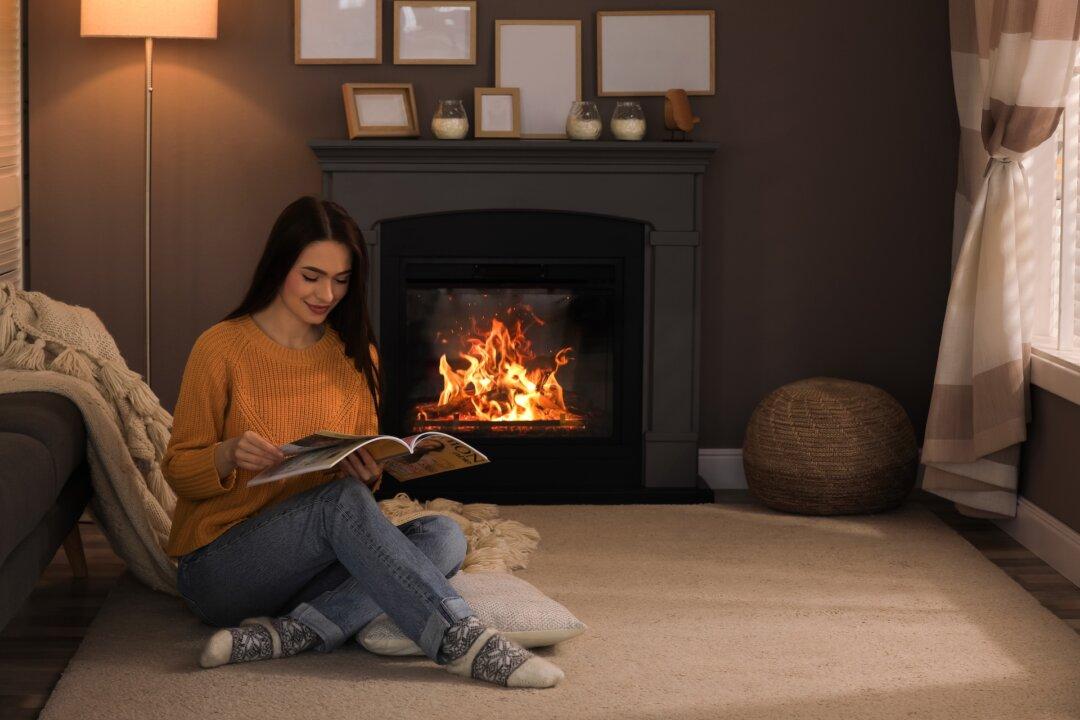Chain-link fencing materials are relatively inexpensive, as compared to wood fencing, and are available at any home center store. There is a short learning curve for DIY installation. Review your local zoning and building codes for any restrictions concerning residential fencing. Most do approve of chain-link fence.
Other advantages of chain-link fencing include providing security in addition to safety and containing for your animals. Prowlers tend to avoid homes with fencing because it is difficult to carry items out over it. If you garden, the open weave of the chain-link fabric provides an excellent climbing surface for flowering vines.
The most difficult part of installing chain-link fencing yourself is handling the heavy rolls of fabric. To provide perimeter protection for a small child and dog, select a lighter-gauge chain-link fabric. This is less expensive and easier to handle than heavier wire. The only specialty tool needed is a fence puller to make it taut. This can be obtained at most tool rental shops.
Common galvanized chain-link fabric is used most often. It is corrosion-resistant and reasonably priced but not particularly attractive. A more attractive chain-link option that is much more expensive is color vinyl-coated fabric. Green is the most popular color for residential use. If you seek additional privacy, matching colored slats can be slipped diagonally into the fabric.
The height of fencing you want depends upon the size of your dog and if you want to block other wildlife from entering your yard. Zoning codes generally restrict the maximum height of the chain-link fence. Check the codes thoroughly because the height limitations often vary depending on whether the fence will be in the front, side or backyard.
The basic components needed to install a chain-link fence are posts and top and bottom rails. These steel components are available in many wall thicknesses depending upon the strength required. A higher fence usually requires stronger posts and rails. Your material salesperson should be able to advise you on the strength required for your specific project.
The main and corner posts are used for the primary support of the fence. Two diameters are typically available, but the smaller one, 1 7/8 inches, is probably adequate for your needs. For chain-link fences taller than 5 feet, the larger-diameter posts are recommended for support.
Smaller posts, called line posts, are usually spaced every four feet between the main and corner posts. They are also usually slightly shorter than the main posts. This creates a pleasing appearance. The top rails are even smaller in diameter. They are long enough to span across several line posts. They pass through sleeve connectors that rest on top of the line posts.
An 11-gauge chain-link fabric with a two-inch diamond weave is commonly used for residential fencing. It is available in 50-foot rolls. Vertical tension bars, bands, and wires attach the fabric to the line posts. The tops of the main posts are finished off with post caps. Eye caps are placed on the line posts, and the top rail slides through them.






